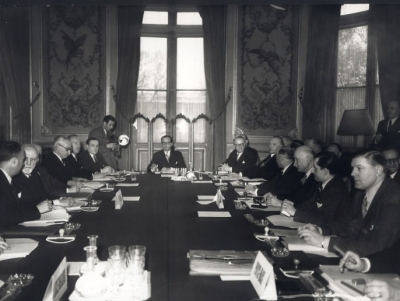
The European Coal and Steel Community (ECSC) was an administrative agency designed to integrate Western Europe’s coal and steel industries.
In May 1950, French foreign minister Robert Schuman proposed the establishment of a unified market for coal and steel among the European countries that would bring the control of these separate sectors together under an independent authority. Popularly known as the Schuman Declaration, the suggestion was seen by the French policy-makers as a much-needed remedial measure that would reform the economic and political framework and bring a complete end to the Franco-German conflicts.
The dream of creating a ‘United States of Europe’ was partially fulfilled by forming the ECSC. The Treaty that established the ECSC was signed in Paris in 1951 by France, West Germany, Italy, Belgium, the Netherlands, and Luxembourg and is known as the Treaty of Paris.
With its headquarters in Brussels, the ECSC was managed by four significant institutions: A High Authority composed of independent appointees, a Common Assembly composed of national parliamentarians, a Special Council composed of federal ministers, and a Court of Justice.
When the Treaty expired in 2002, the ECSC was dissolved, and these four institutions ultimately formed the blue-print for today’s European Commission, European Parliament, the Council of the European Union, and the European Court of Justice, respectively.
Picture Credit : Google




